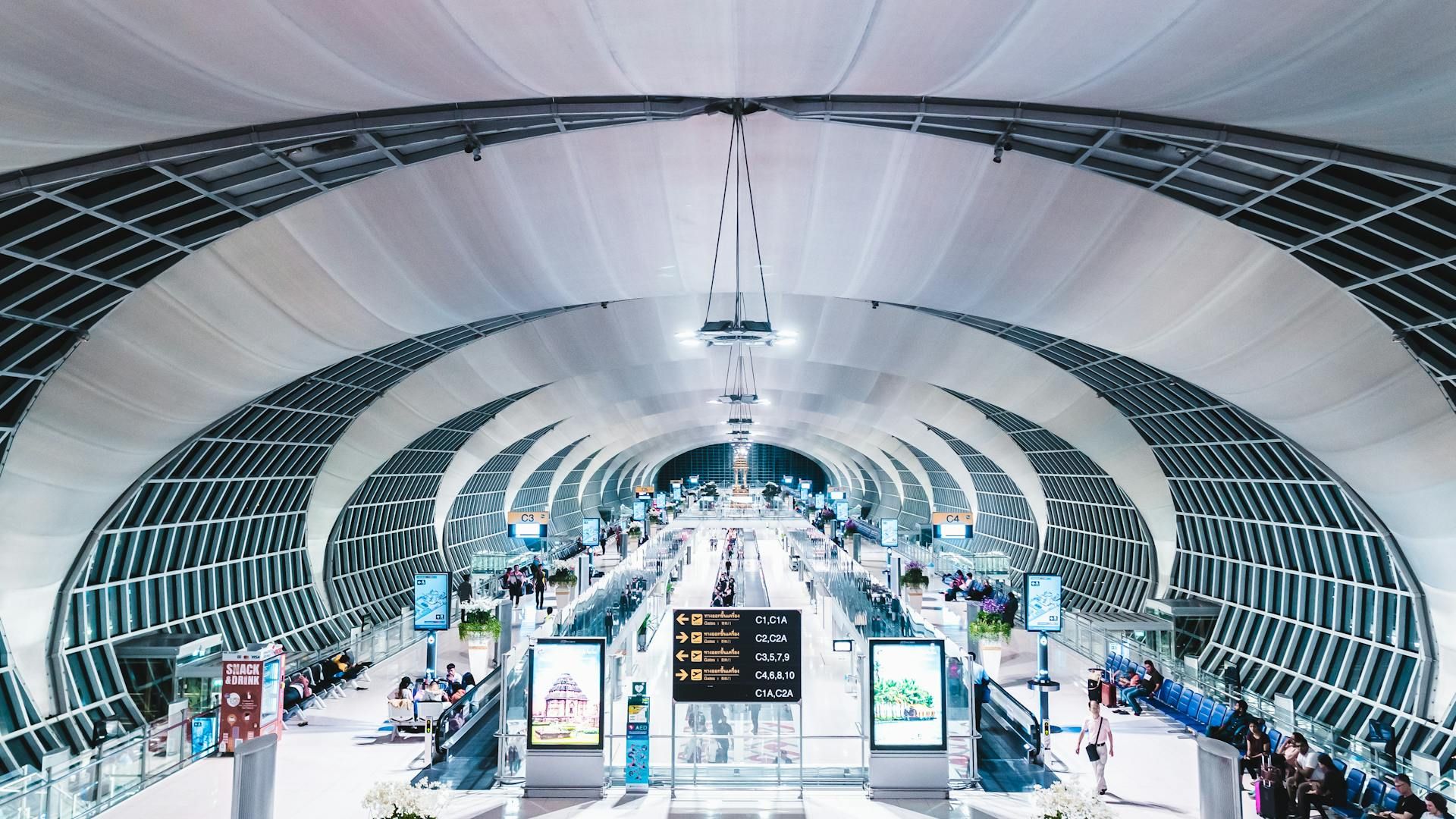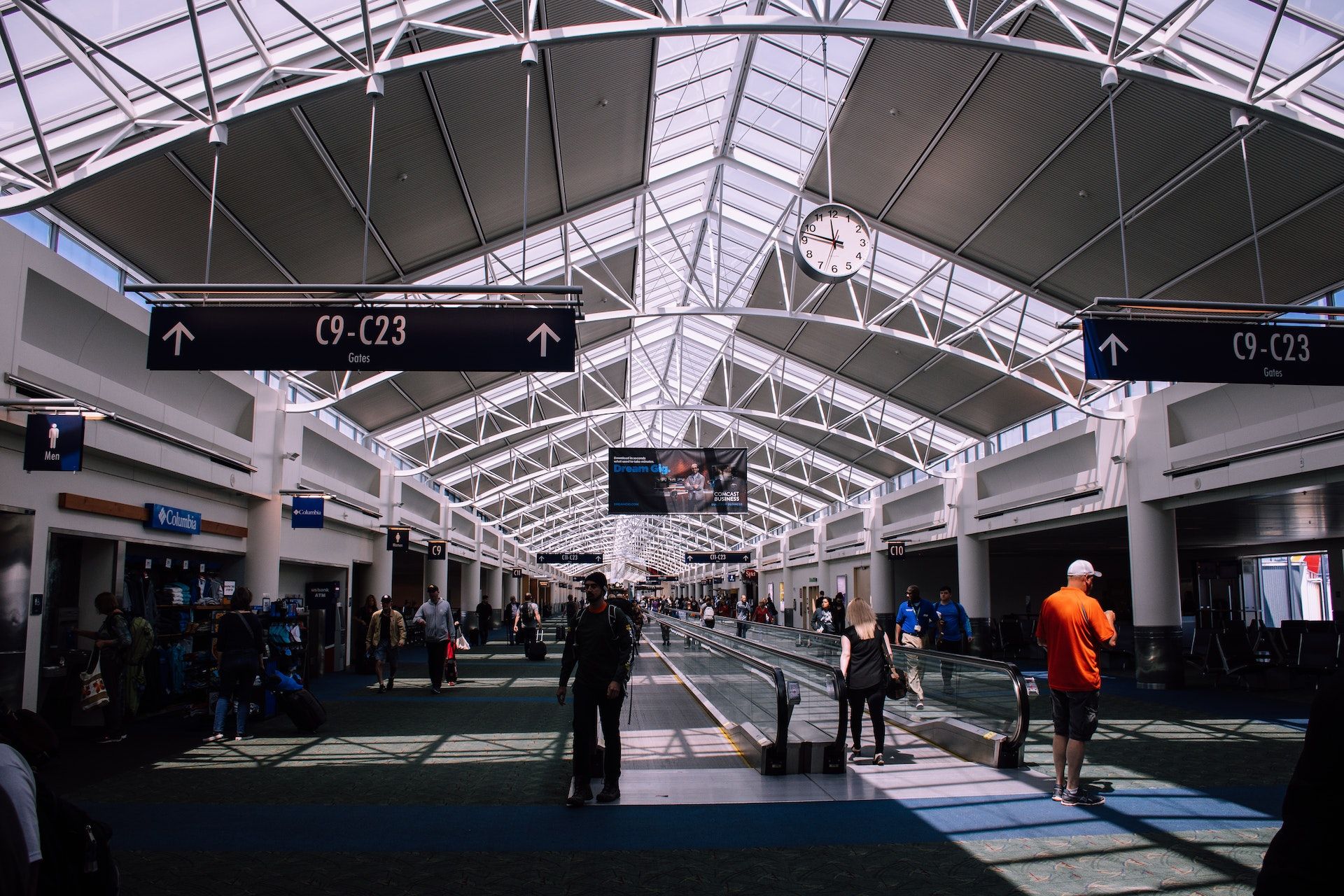How much time do I need for my layover?
Understanding minimum connecting time to help you plan your flights
Summary
Layovers are an important part of air travel, and there are many reasons why you might be having a layover for your trip. It could be that it is more economical to have a layover rather than a direct flight, or that you simply don’t want to be trapped in the airplane cabin for extremely long flights, or that you don’t really have a choice since there aren’t direct flights to your destination. When buying your air tickets, a key consideration would be how long your layover should be.

Minimum time required for your layover: What is Minimum Connection Time (MCT)?
For many people, you might want to have a layover as short as possible so that you can minimise your traveling time and get to your destination in the shortest time possible.
If you are looking for a short layover, a key concept that you would need to understand is the Minimum Connection Time (MCT).
Minimum Connection Time (MCT) is the shortest time interval that airlines and airports consider sufficient for passengers to transfer from one flight to another.
MCT varies between different airports and even different terminals within the same airport. It is determined by various factors, including airport layout, security procedures, immigration checks, and the time required to transfer luggage.
Factors Influencing MCT
- Airport Size and Layout
- Large airports with multiple terminals might have higher MCTs due to the distance and time needed to travel between terminals. Smaller airports might have shorter MCTs as transfers are typically quicker.
- Domestic vs. International Transfers
- International transfers usually require more time due to additional security checks, customs, and immigration processes. Domestic transfers, especially within the same terminal, often have shorter MCTs.
- Terminal Changes
- If a transfer involves changing terminals, especially in large airports, the MCT will be higher. For example, at major hubs like London Heathrow or Los Angeles International, transferring between terminals can take considerable time.
- Security and Customs Checks
- Airports with stringent security measures or where passengers must clear customs and immigration between connecting flights will have longer MCTs.
- Airline Alliances and Agreements
- Airlines within the same alliance or with codeshare agreements often have streamlined processes for transferring passengers, which can reduce the required MCT.
Booking your flights with layovers: Practical Tips
Book your connecting flights through a single airline
Typically, if you are booking your flights through a single airline, they will ensure that the options for your connecting flights meet the MCT requirements of the airport that you will be transiting through.
However, booking your flights through a single airline doesn’t necessarily mean you will be traveling on the same airline. In fact, most of the time your connecting flight might actually be on a partner airline that is codeshared with the airline that you booked with.
An advantage of booking all segments on your flight through a single airline is that if your first flight is delayed, the airline would usually be able to assist with your connections - whether by rebooking you on another flight, by expediting your transit clearance, or by delaying the connecting flight.
Check MCT if you are booking your flights separately
If you are booking the different segments of your flight separately, it is recommended to check the MCT of the airport, and to buffer more time.
Make sure to also check the transit requirements, as it is likely that you will need to clear immigrations and go through the check-in process on the second airline if you book your connecting flights separately.
In which case, consider if you want to maximise the most of your layover time. Perhaps consider a longer layover and take the chance to explore the airport or even make a trip out to the city!
Example MCTs at Major Airports
- London Heathrow (LHR)
- Domestic to Domestic: 60 minutes
- Domestic to International: 90 minutes
- International to International: 75-90 minutes
- Frankfurt Airport (FRA)
- Domestic to Domestic: 45 minutes
- Domestic to International: 45 minutes
- International to International: 45 minutes
- Singapore Changi (SIN)
- International to International: 50-60 minutes
- Los Angeles International (LAX)
- Domestic to Domestic: 60 minutes
- Domestic to International: 75 minutes
- International to International: 90 minutes
Get a Nomad travel eSIM to stay connected on your next trip
Nomad offers data plans in over 200 countries, and you can be sure to find one that is suitable for your travel needs. And if you will be traveling across multiple countries, there are also regional plans available so you can stay seamlessly connected as you hop between countries. Data plans are available from as low as $1.10/GB.
Add-ons are also available for Nomad’s eSIMs, so you do not need to worry about running out of data. If you notice that you are running low on data, simply purchase an add-on before your data pack runs out. The add-on data pack will be automatically activated when the base plan runs out, so you do not have to worry about having to install a new eSIM.
If you share your Nomad referral code with your friends, your friend will be able to enjoy $5 off their first purchase (only applicable for plans $10 and more). You will also be able to enjoy $5 off your next purchase (only applicable for plans $10 and more).



